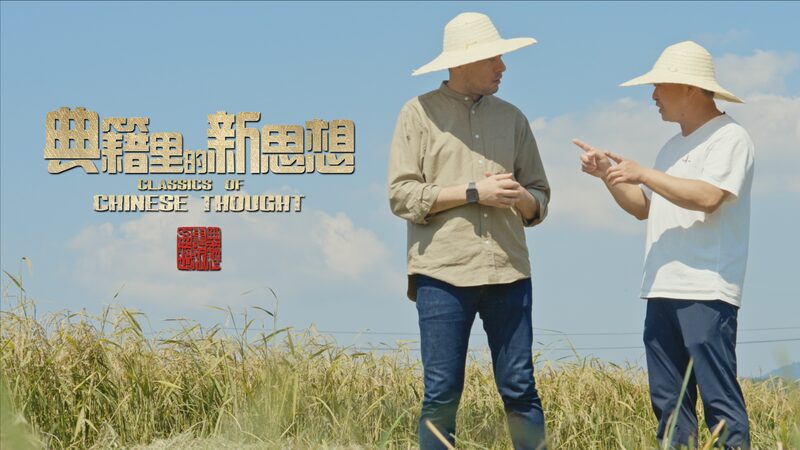In the heart of southeast China’s Fujian Province lies an ancient village with a history spanning over 700 years. This village, nestled in Sanming City, is the birthplace of Zhu Xi, a renowned thinker and philosopher from the Southern Song Dynasty (1127-1279). His legacy continues to illuminate China’s cultural landscape, symbolized by a pair of camphor trees known as the “Shenlang camphor.”
The two trees, said to have been planted by Zhu Xi himself, have stood for over 800 years, weathering centuries of wind and frost. Today, one tree thrives majestically while the other has withered, presenting a striking image of contrast. This juxtaposition mirrors the ebb and flow of China’s traditional culture—enduring, evolving, and now experiencing a vibrant revival in the modern era.
Giray Fidan, a sinologist from Türkiye, embarked on a journey to this historic village to uncover the secrets of cultural continuity and progress. Walking among the ancient architecture and the towering camphor trees, Fidan reflects on the profound impact of Zhu Xi’s teachings and the enduring significance of cultural heritage.
“The thriving camphor tree represents the rejuvenation of China’s rich traditions,” Fidan observes. “It stands as a testament to the resilience of culture and the importance of passing on this eternal flame to future generations.”
Through his exploration, Fidan highlights the global relevance of preserving cultural identity amid rapid modernization. The village serves as a living museum, where the past and present coexist, offering valuable insights for scholars, travelers, and anyone interested in the tapestry of human history.
As China continues to embrace its historical roots while forging ahead, the legacy of thinkers like Zhu Xi remains a guiding light. The story of the “Shenlang camphor” trees is not just a tale of two trees but a metaphor for the enduring spirit of culture that transcends time and borders.
Reference(s):
Classics of Chinese Thought Ep. 3: Passing on eternal flame of culture
cgtn.com







